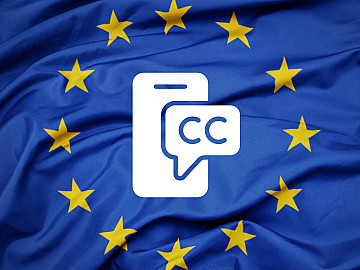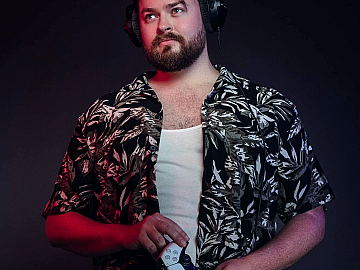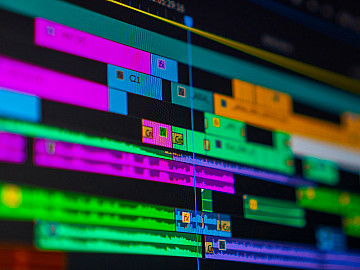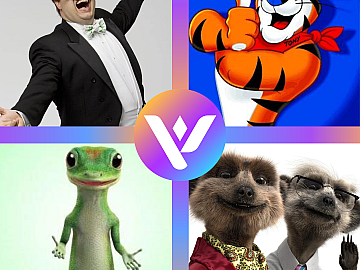Expand your global reach with YouTube dubbing in any language
In an effort to boost inclusivity for its audience and global growth for its content creators, YouTube has unveiled its new multi-language audio track feature, which is set to revolutionise localisation on the platform.
For audiences, this allows us to discover new creators who wouldn’t usually post content in a language we speak, and in turn, provides a huge opportunity for creators to grow their global following.
What is the YouTube Multi-Audio Track Feature?
This new localisation feature allows content creators to break through language barriers and engage global audiences like never before.
Audiences can now toggle the language options of a video to watch it in their native tongue, should content creators provide them with that option via dubbed versions of their YouTube videos.
If you’re new to the platform, you can learn how to make a YouTube video here.
One Channel
While YouTube dubbing isn’t new, the multi-language audio track feature has streamlined the process for easier use.
Previously, YouTubers would create multiple versions of their channel for different languages, but now various language options can be presented on each individual video, all from one main channel. This minimises the amount of work necessary for content creators to reach new international audiences, with an easier process for the implementation of dubbed YouTube content.
Monetisation & Mr Beast
While this new multi-language feature is a huge boost to accessibility on YouTube, it will also make more money for both the platform and creators alike.
Advertisers will be pleased to learn that audiences having the option to hear content in their own language rather than using subtitles leads to higher engagement rates and longer watch times. The more time someone watches a video, the greater the ad exposure. This allows advertisers more opportunities to appear on content aimed at their target market, and this also generates more profit for the platform.
Similarly, more profit for YouTube via advertisement creates more profit for content creators too. Multiple language options significantly increase the number of people who can watch your content internationally and increases the level of engagement and enjoyment for this new audience. It also makes it more likely for international audiences to subscribe; knowing your channel now facilitates their language preferences.
Mr Beast’s Localisation Strategy
Jimmy Donaldson (AKA. Mr Beast) is the prime example of YouTube dubbing success and the top earner on the platform.
Prior to many other creators catching on to the potential of YouTube dubbing, Mr Beast began creating multiple channels for himself in different languages to grow his audience – and it worked!
Mr Beast posted some insights into the success of his YouTube localisation strategy on LinkedIn. Bearing in mind that this was over a year ago, and his multi-language channels have since gained even more subscribers, let’s take a look at the results.
In one month, Mr Beast uploaded one video to his main English-speaking account, which received 36 million views, and his Spanish videos received 11 million views each. This is an increase of 30.55% in the viewership of each video by having a Spanish dub. Considering that this increase in viewership was achieved without having to create any more content, we can see the clear benefit of YouTube dubbing – More views, more profits, and less investment.
YouTube pays around $0.018 per ad view. Say each of Mr Beast’s viewers only saw 1 ad: that’s $648,000 for that one video in English and an extra $198,000 for the Spanish version of the same video.
So, how much can your audience grow?
How to Dub YouTube Videos
Realising the potential audience growth of Youtube’s multi-language audio track feature is the first step. Now, you need a solid localisation strategy, expert translations, and high-quality audio.
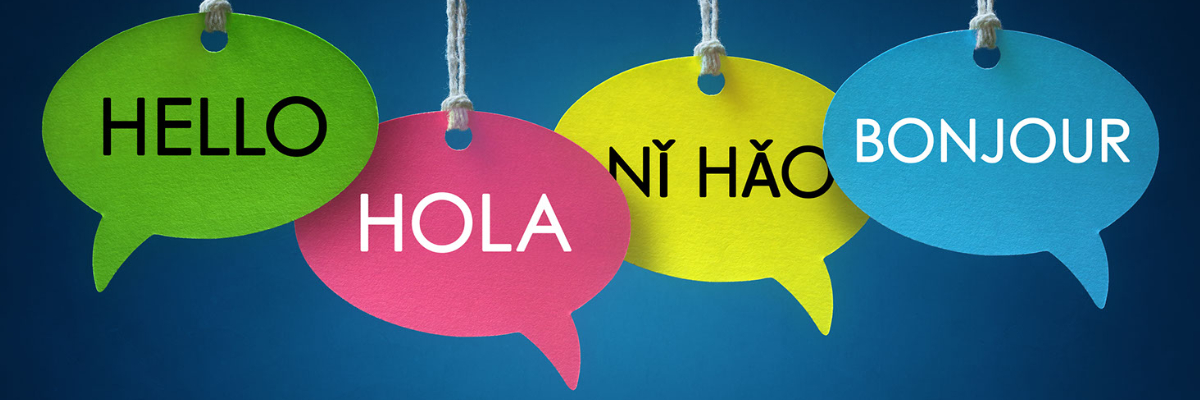
Language Options
There are two key considerations when deciding on your target languages: market & audience size.
Depending on the topics and style of your content, you may find more success in some markets over others. Choosing countries/ regions that are culturally similar to your original audience is usually the safest bet; they are more likely to share interests. However, transcreation can be an excellent remedy for this as it will creatively adapt the material and cultural references to be more engaging for this new audience.
The size of this market and the number of potential audience members within it usually represent the value of localising content in this language.
Although the number of speakers can be one of the most convincing reasons to localise your content in a particular language, niche content will often have a logical next move. If your Spanish videos are popular in South America, Portuguese localisation will allow Brazilians to understand and engage with your content too.
Avoid AI
Making your new audience feel like the content was created for them is essential to YouTube dubbing success. When your original video uses real human voices that your subscribers connect with, skimping out on a cheap AI voice in the localised version isn’t going to impress your potential new audience.
Discover why human voiceover outperforms AI voiceover
Maintaining the user value of the original will only be achieved with high-quality audio, expert translation, and real human talent.
Partner with Voquent
Localising content is what we do. From subtitles to YouTube dubbing, captions to sign language, we want the entire world to love your videos.
Our powerful casting technology allows us to find the perfect voice for your videos. Vocal tones should stay the same when dubbing YouTube content, and our search feature can find voices based on a range of traits, including tones and characteristics. A conversational voice in Spanish should still sound conversational in Portuguese. We work on projects all over the world and can find voice actors that match your preferences – any language, any accent.
We’re a team of audio-visual experts who will manage the project at every stage, from negotiating with talent to the final delivery. The YouTube dubbing process requires expert casting for engaging voiceover, native and verified professionals for accurate translation, and skilled audio engineering so the dub fits perfectly with what is seen on screen.
We’ve curated a range of dubbing packages to make the process easier than ever. Just pick the best fit for your content and budget.
All the freelancers we work with have passed our verification process. Pre-vetting all talent allows us to achieve incredible results with a quick turnaround time. We approve all studios we record with before a project begins, so you can rest assured knowing you’ll receive the highest-quality audio. We also offer our services for some of the most competitive rates in the industry, all thanks to our technologically augmented workflow and managed process.
Get a quick, no-obligation quote today.
Localisation Analytics
What next?
After localising your YouTube content in new languages, you can use YouTube’s analytics feature to watch your audience grow! You will have the opportunity to observe your channel’s growth for each individual language track, so you can see where your localisation strategy is the most successful and which international audiences want more of your content.
YouTube’s multi-audio track feature presents a huge opportunity for content creators on the platform. While some big names have been dubbing their YouTube videos for years, the process has never been simpler than it is now. Reach every corner of the globe and catapult your views with a fully managed localisation process for YouTube dubbing.
It’s time to expand your horizons.
Browse Dubbing Packages
Discover the Different Types of Dubbing
Sometimes we include links to online retail stores such as Amazon. As an Amazon Associate, if you click on a link and make a
purchase, we may receive a small commission at no additional cost to you.


